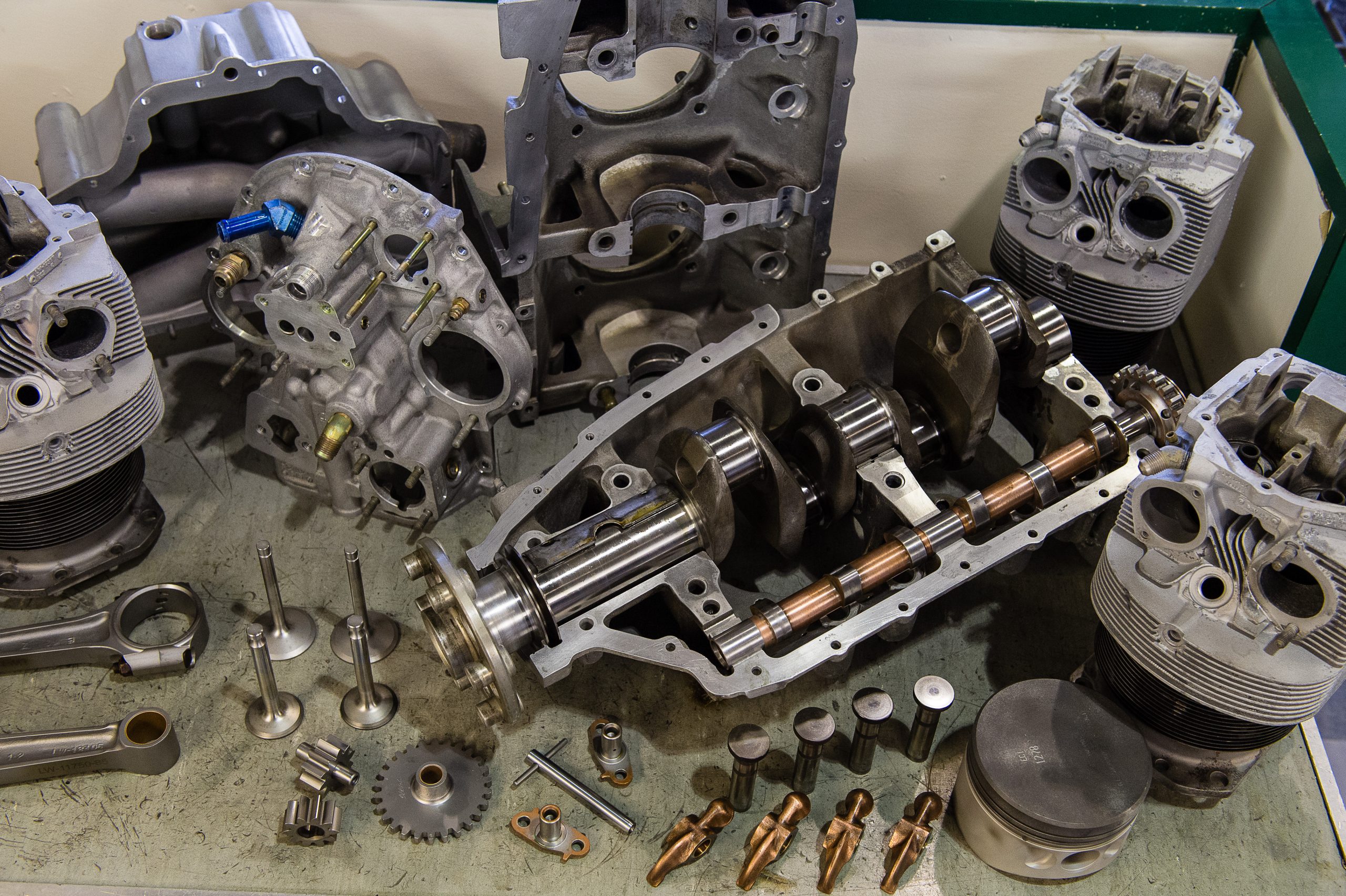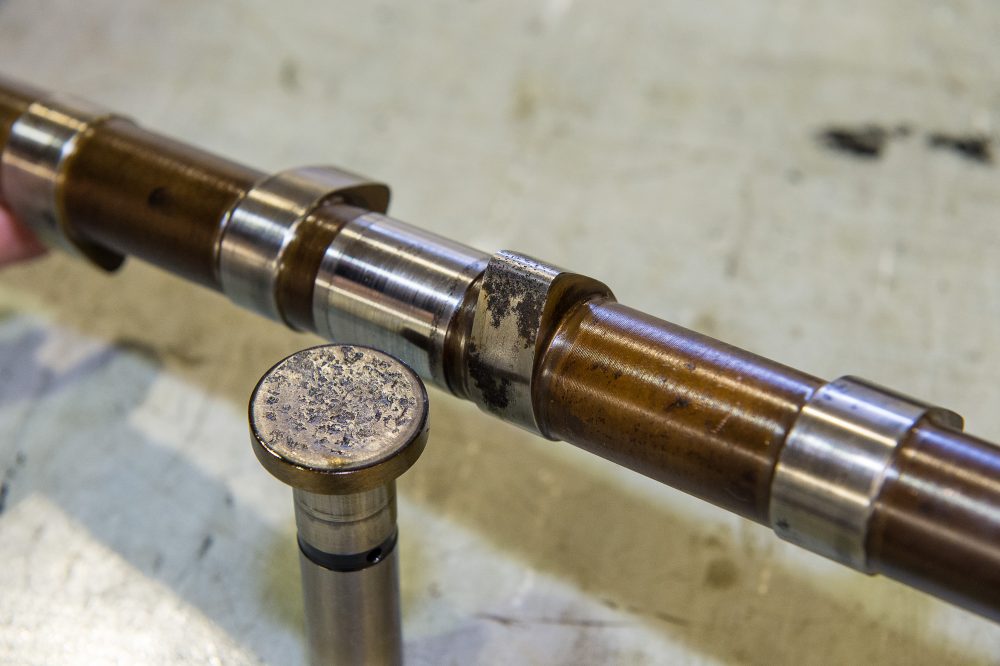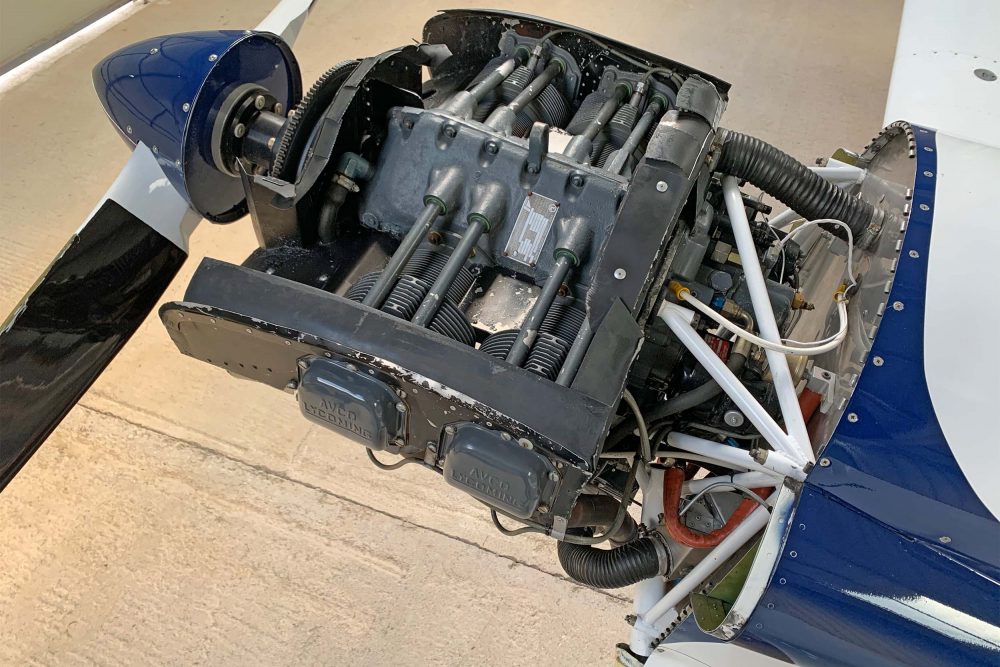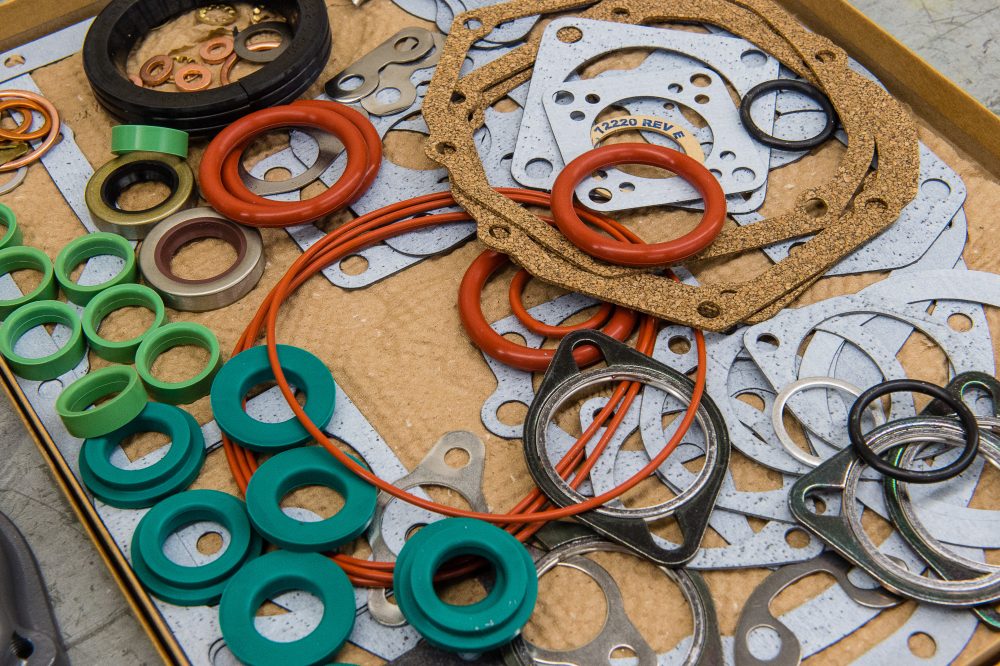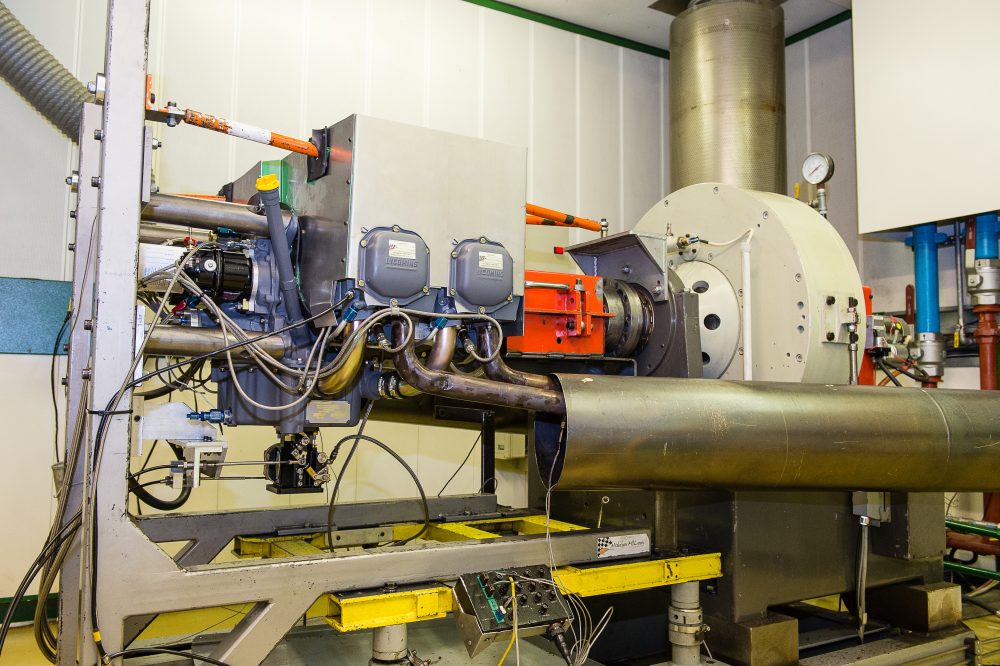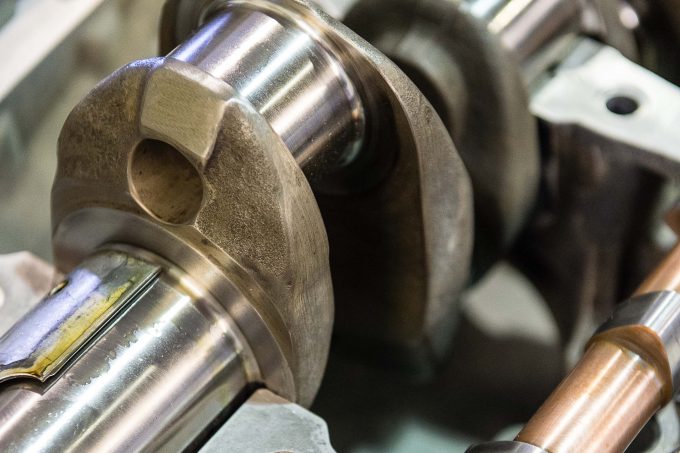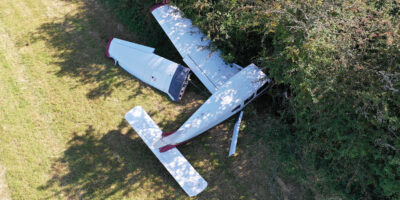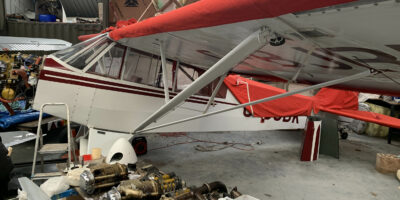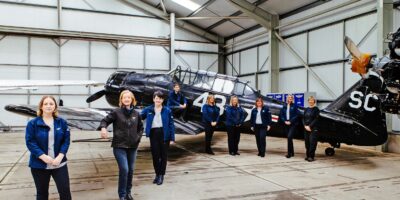Life beyond TBO
On UK-registered non-EASA certified aircraft, once an engine reaches the engine manufacturer’s recommended TBO, it may continue in service.
“ An engine can continue to remain in service for private use only (termed ‘on condition’), as long as it undergoes regular checks in accordance with GR No 24”
The rules and regulations covering this period in ‘extension’ are found in the CAA’s CAP 747 Mandatory Requirements for Airworthiness under Generic Requirements No 24. If the aircraft is being used for training or private hire, then it is allowed to continue for a further 20% of its allowable life (known as running ‘on extension’), so for a 2,000 hour/12-year engine that would mean 2,400 hours or 14.4 years. Beyond this, the engine can continue to remain in service for private use only (termed ‘on condition’), as long as the engine undergoes the regular checks in accordance with GR No 24.
The GR No 24 requirements are not particularly onerous – cylinder compression checks every 100 hours combined with normal physical inspections and a continuous monitoring of oil consumption and leaks. At the moment, there is no allowable extension period for the Rotax 91x series of engines (or for some other engine types), although after 25 years of operation, I would imagine they should have amassed enough data by now to allow it – if anyone asks the question.
A number of years ago, GR No 24 was reviewed and a clause added that meant if an engine that was operating beyond TBO was stripped down for any particular reason (such as a shock load) then it could not be released back into service without being overhauled. Fortunately, the CAA changed this pretty draconian ruling to one that the engine’s condition must be assessed if undergoing heavy maintenance and be overhauled if required.
The overhaul requirement goalposts have now moved again following Brexit. The CAP 747 GR No 24 alleviations are still allowed for non Part-21 aircraft (as above) but can no longer be applied to Part 21 (EASA) certified aircraft. The options here now come under the Part-ML rules where an owner can stipulate in the aircraft’s ‘Aircraft Maintenance Programme’ the operating allowances when it comes to non-mandatory lifed items such as a piston engine. Airworthiness Directives must still be complied with and if the Chapter 4 of an aircraft’s (manufacturer-issued) maintenance manual applies any limitations to the engine hours or calendar time between overhauls, these must be adhered to.


